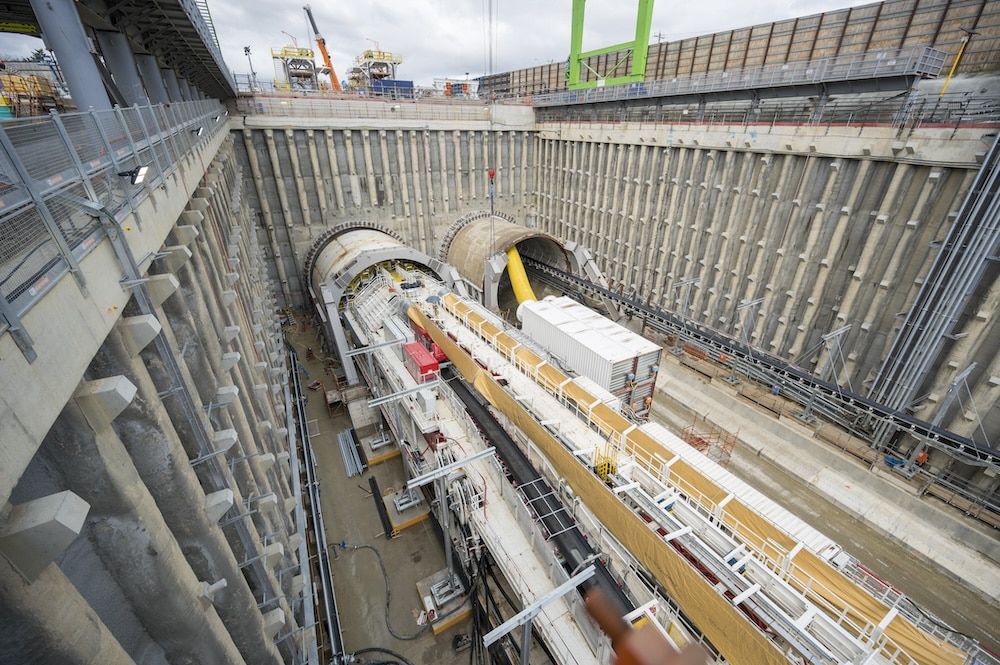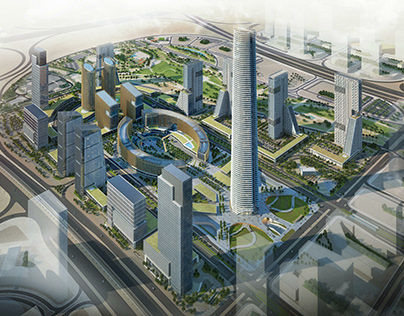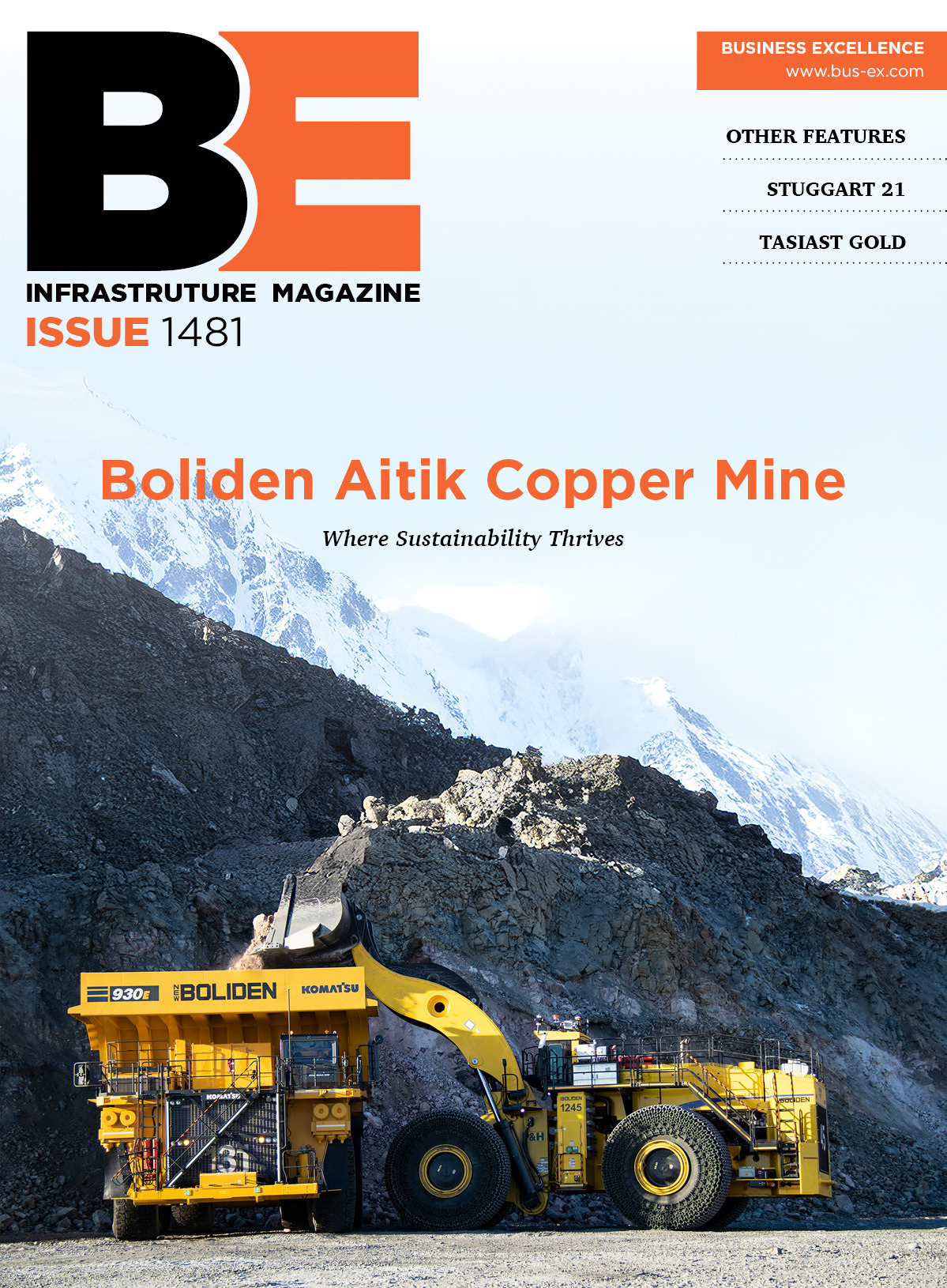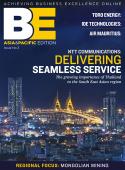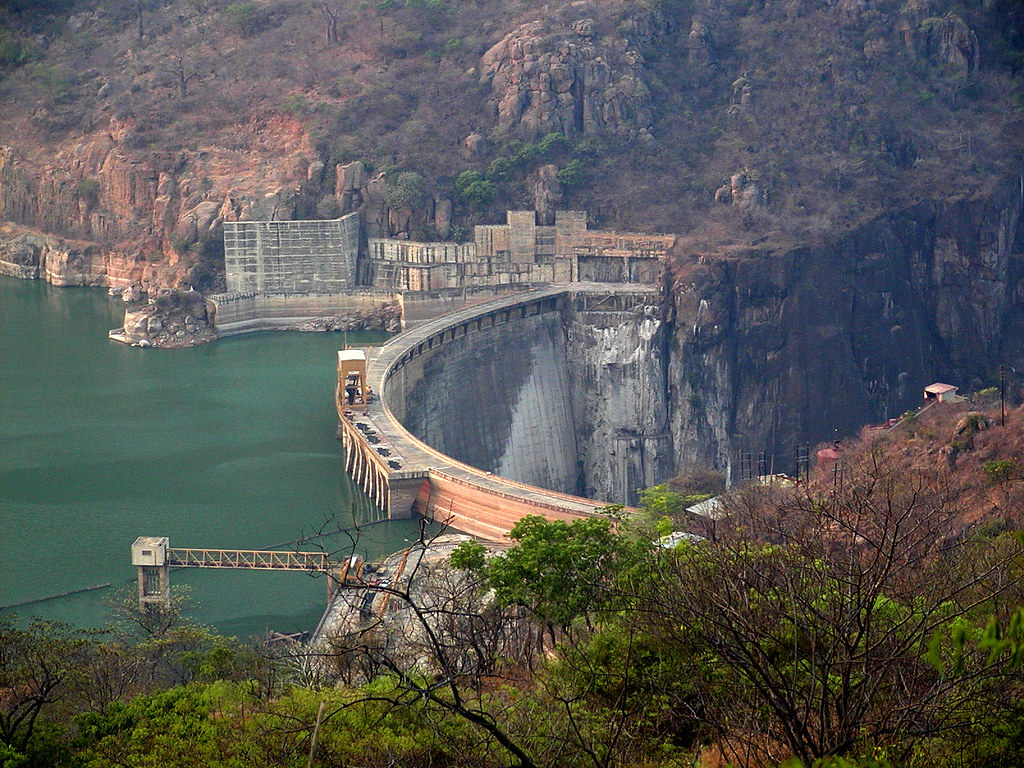
Mozambique is entering a defining decade. From the gas fields of Cabo Delgado to the deep-water ports of Nacala and Beira, the nation’s skyline of cranes, rigs and turbines signals more than construction — it marks a transformation.
After years of volatility and regional instability, 2025 has brought a renewed sense of momentum, with projects worth billions of dollars reshaping how Mozambique powers its people, moves its goods, and connects to the world.
Here are ten projects changing the country’s economic landscape right now.
1. Mozambique LNG Project — Cabo Delgado
Value: Over US$20 billion
Operators: TotalEnergies, ExxonMobil
Few projects define Mozambique’s potential quite like the Mozambique LNG development. Led by TotalEnergies, this colossal venture in Cabo Delgado is one of Africa’s largest-ever energy investments. The plan: extract offshore gas and liquefy it for export to global markets, establishing Mozambique as a major player in the LNG supply chain.
After a two-year security-related pause, TotalEnergies announced in late 2025 that work would resume, citing improved stability in the region. If successfully completed, the project could generate thousands of jobs, billions in government revenue, and new infrastructure that benefits local communities for generations.
2. Coral Sul Floating LNG — Rovuma Basin
Status: Production ongoing
Just offshore, the Coral Sul Floating LNG platform already shows what’s possible. Operated by Eni, this massive floating facility extracts and processes gas from the Rovuma Basin’s Area 4 block — the first project of its kind in Africa.
With a capacity of 3.4 million tonnes of LNG annually, Coral Sul began production in 2022 and continues to strengthen Mozambique’s foothold in global gas markets. Its success is paving the way for expansion, including the planned “Coral North” project.
3. Cahora Bassa Hydropower Expansion — Tete Province
On the banks of the Zambezi River, Mozambique’s powerhouse is getting a modern upgrade. The Cahora Bassa Dam, which has supplied electricity across southern Africa for decades, is undergoing major rehabilitation and expansion.
The operator, Hidroeléctrica de Cahora Bassa, is investing heavily in new turbines, control systems, and transmission lines — all aimed at boosting capacity and efficiency. With growing power demand in both Mozambique and neighbouring countries like South Africa and Zimbabwe, the expansion reinforces the country’s role as a regional energy exporter.
4. Port of Maputo Expansion — Maputo
A surge in global trade has turned Maputo into a magnet for logistics investment. A US$2.1 billion expansion project launched this year will see new terminals, modern equipment, and deeper berths capable of handling post-Panamax vessels.
The Maputo Port Development Company, backed by DP World and Mozambique Ports & Railways, plans to more than double container capacity. The concession has been extended until 2058, underlining long-term confidence in the port’s future.
For Mozambique, it’s not just about trade — it’s about regional influence. With landlocked neighbours like Eswatini and South Africa relying on Maputo for exports, this upgrade cements its place as one of southern Africa’s key gateways.
5. Macuse Deep-Water Port & Railway — Zambézia Province
After years of delay, the long-awaited Macuse Port and Railway project is back on track. This integrated transport corridor will link the coal-rich Moatize Basin in Tete to a new deep-water port in Zambézia, opening a faster export route to global markets.
Once complete, it’s expected to handle up to 25 million tonnes of cargo per year. The project is seen as vital for diversifying Mozambique’s logistics network and reducing pressure on existing ports like Beira and Nacala.
6. Sena Railway & Nacala Logistics Corridor Expansion
Mozambique’s railways are also being modernised. The Sena line, connecting Moatize to the port of Beira, and the Nacala Corridor — which passes through Malawi to the Indian Ocean — are both undergoing major upgrades.
New tracks, rolling stock, and digital signalling are expected to double capacity, cutting transport costs for exporters and improving reliability for mining operators. For a country heavily dependent on mineral exports, efficient railways are the arteries of the economy.
7. Negomano–Roma Road & Rural Connectivity Projects
Not all infrastructure stories are about megaprojects — some are about connecting people. With support from the Millennium Challenge Corporation, Mozambique is upgrading the Negomano–Roma road network in Cabo Delgado and Zambézia, including a new Licungo River bridge and the Mocuba Ring Road.
These projects may not make international headlines, but their impact is profound. Better roads mean farmers can reach markets, children can access schools, and regional trade can thrive. It’s a quiet revolution in rural mobility.
8. Temane Thermal Power Station — Inhambane
In southern Mozambique, the new Temane power plant is reshaping the national grid. This gas-to-power facility will produce over 400 MW of electricity — enough to power more than 1.5 million homes — and feed it into the grid via a new 563-kilometre transmission line to Maputo.
Developed by Globeleq and Electricidade de Moçambique (EDM), Temane is one of the most advanced thermal projects in the region. It will stabilise domestic power supply and reduce dependence on imports, laying the groundwork for industrial expansion across the country.
9. Solar PV Plants & Floating Solar Initiative
Mozambique’s renewable energy sector is quietly gaining speed. Several solar projects, totalling around 260 MW, are in the pipeline — including a landmark 100 MW floating solar plant, one of the largest in Africa.
From Tete to Manica, these projects are helping to diversify the energy mix, expand access to electricity in rural areas, and lower carbon emissions. They also reflect a broader shift: Mozambique is no longer just a fossil-fuel story — it’s becoming a renewable one too.
10. Modernisation of Beira & Nacala Ports
Further up the coast, ports at Beira and Nacala are receiving multimillion-dollar upgrades. New cranes, improved rail links, and digital systems are being installed to boost cargo efficiency and safety.
Both ports play a critical role in exporting minerals, agricultural products, and fuel to regional markets. As climate events and supply-chain shocks test Africa’s logistics resilience, Mozambique’s multi-port strategy is emerging as a regional strength.
A Nation in Motion
Together, these projects represent a cross-section of Mozambique’s ambitions: energy self-reliance, export diversification, and inclusive growth. The LNG megaprojects may dominate headlines, but the rural roads, solar farms, and rail corridors are equally essential to building a balanced economy.
The challenges are real — from security in the north to financing and governance hurdles — but the trajectory is unmistakable. Mozambique is building not just infrastructure, but confidence in its future.
Mozambique infrastructure projects 2025, Mozambique LNG, Coral Sul FLNG, Cahora Bassa hydropower, Maputo Port expansion, Nacala corridor, Temane power plant, solar energy Mozambique, Beira port, African logistics investments.



